The benefits, installation standards, and maintenance for residential fire sprinkler systems in a private estate
The modern plan for building a truly fireproof home arguably originated with famed architect Frank Lloyd Wright. In 1907, he published his design in an article titled “A Fireproof House for $5000” for Ladies Home Journal. His design featured fire-safety compartmentation, relocation of the shaft stairwell, and concrete construction, as opposed to the commonly used wood frame and lathe and plaster.
With today’s rapidly advancing technology, we can employ even more tactics to the creation of a fireproof home. And while various items such as fire alarms, smoke detectors, and fire extinguishers contribute to this goal, the most valuable piece of equipment for the protection of life and property is a residential fire sprinkler system.
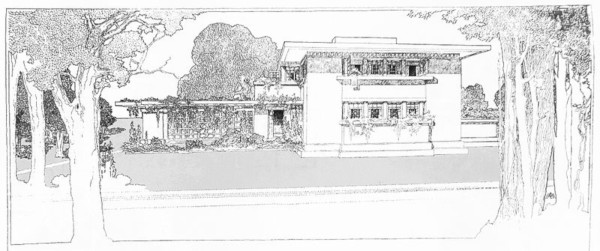
More than 2,500 people die in fires each year, and 8 out of 10 of these deaths are within a residential home. The increase in synthetic materials used to build homes and manufacture home furnishings has caused fires to move more rapidly and cause more destruction than ever before. A “small” house fire can become deadly in less than 2 minutes.
The local fire department will typically require about 5 minutes to get to your home and the National Fire Protection Association (NFPA) sets a response-time goal of within 6 minutes for 90% of fires—but a fire sprinkler can stop, extinguish, or contain a fire in less than 1.5 minutes.
Where are home fire sprinklers required?
The most important thing to know about residential fire sprinklers is that they are designed to and do save lives. And though a requirement for all new residences to have fire sprinklers is included in model codes issued by both NFPA and the International Code Council (ICC), many jurisdictions have legislatively removed it.
This NFPA resource outlines which states require home fire sprinklers, which ones do not, and which ones allow local jurisdictions to make that decision themselves. Currently, residential sprinklers are required for new construction in only two states, California and Maryland, plus the District of Columbia. The primary factor in the battle to mandate residential sprinklers is the cost of installation. While home builders often cite high costs (as much as $5 a square foot), The Fire Protection Research Foundation has estimated the average at approximately $1.35 per square foot.
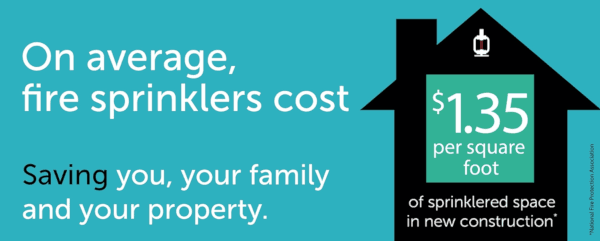
The model-code requirements for one- and two-family residential fire sprinkler installations are found in NFPA 101: Life Safety Code and the ICC’s International Residential Code (IRC):
From the 2018 edition of NFPA 101
24.3.5* Extinguishment Requirements.
24.3.5.1 All new one- and two-family dwellings shall be protected throughout by an approved automatic sprinkler system in accordance with 24.3.5.2.
From the 2018 edition of the IRC
R313.1 Townhouse automatic fire sprinkler systems
An automatic residential fire sprinkler system shall be installed in townhouses.
R313.2 One- and two-family dwellings automatic fire systems
An automatic residential fire sprinkler system shall be installed in one- and two-family dwellings.
Which fire sprinkler installation standard applies?
When installing a fire sprinkler system, NFPA permits the use of any one of the three fire sprinkler installation standards, as may be applicable. Each of these documents has a specific scope, use, and purpose:
NFPA 13: Standard for the Installation of Sprinkler Systems is an all-encompassing (with the exclusion of water-mist systems) installation standard for fire sprinkler systems. NFPA 13 is primarily used for commercial construction operations and projects but can be referenced for various types of installations, and does include some guidance on the placement of residential sprinklers.
NFPA 13R: Standard for the Installation of Sprinkler Systems in Low-Rise Residential Occupancies is permitted to be used as an alternative option to the requirements of NFPA 13 for larger residential occupancies that do not exceed four stories in height.
NFPA 13D: Standard for the Installation of Sprinkler Systems in One- and Two-Family Dwellings and Manufactured Homes specifically applies to most residential fire sprinkler systems. Its minimum requirements for installation and maintenance are simpler and less expensive—and designed to spur greater adoption of this lifesaving technology. It is the go-to document for installing fire sprinklers in a home, and any contractor who does so should be well-versed in its application.
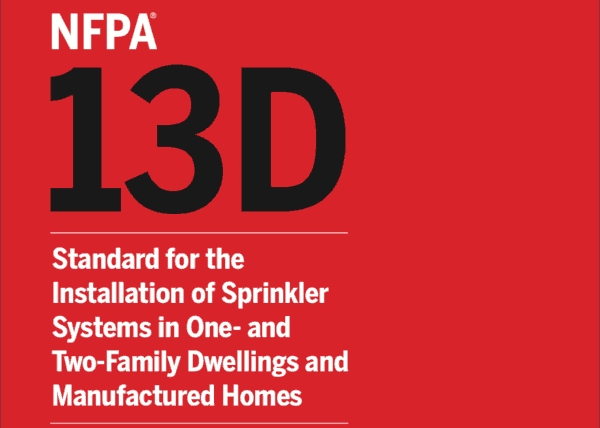
How to maintain an NFPA 13D residential fire sprinkler system
The guidance within NFPA 13D requires that the installation contractor provide the homeowner or occupant instructions on the system’s operation and the inspection, testing, and maintenance functions required.
From the 2019 edition of NFPA 13D
12.1* General. The installer shall provide to the owner/occupant instructions on inspecting, testing, and maintaining the system.
12.2* Inspections and Tests. The sprinkler system shall be inspected and tested periodically to make sure the system is in good working condition.
12.3 Maintenance.
12.3.1 The sprinkler system shall be properly maintained in accordance with this standard and the manufacturers’ instructions.
Many of these requirements can be carried out by the homeowner or a representative (though some items could require a trained professional). Though this may seem daunting, there are really only a handful of items that need to be monitored to ensure that an NFPA 13D system will operate effectively when needed. These include:
- Keep the control valve open. This is the valve that supplies water from the source to the sprinkler system. This can be locked in the open position to prevent any accidental closure.
- Do not hang any items from the sprinkler heads. Hanging items can damage the head and cause it to activate unnecessarily.
- Do no block, otherwise obstruct, or paint the sprinkler heads. Any obstruction to the head will block the designed water flow and may prevent the extinguishment of a fire. Eighteen inches of clearance all the way around the head are required. Paint on the sprinkler head can affect the temperature at which the head operates, contributing to larger fire growth that may not be able to be contained by one sprinkler head.
A regular inspection, testing, and maintenance program should include the following monthly inspection items:
- Inspect all valves to ensure that they are in the open position.
- If water tanks are used, ensure that they are full.
- If a pump is used, run the pump to ensure its effective operation.
- Visually inspect all sprinkler heads to ensure that they are free of damage, corrosion, leaks, or attachments.
While NFPA’s guidance on maintaining home fire sprinklers is far less complex than the rules for commercial systems, there are some best practices. Often, these checks are done by a homeowner, though a professional fire sprinkler contractor can be consulted for the following:
- Every six months, conduct a waterflow test of the system and ensure that all waterflow alarms and any signals are working properly.
- Annually open a test valve and check the pressure gauge to ensure accuracy.
- If antifreeze is used in areas subject to freezing, consult a professional to annually test the antifreeze solution in the system.
The standard also includes provisions for when a system may need to be taken out of service. The most common reason is a home’s occupants being away for an extended period, like when a summer home is closed for the winter. In these instances, a professional should be called to drain the system and then restore it to service when needed. But many estates opt to keep automatic fire protection in service throughout the year, regardless of occupancy.
Additionally, a professional should be retained to provide a thorough inspection of the system when a buyer takes over a property that has a fire sprinkler system installed.
Estate property management and fire protection: sprinklers are the best line of defense
As an estate manager, your priority is the protection and stewardship of the owner’s property and assets. Home fire sprinklers can immediately tackle fire threats and go a long way toward the protection and longevity of a home—and it is vitally important that these systems are installed and maintained properly. By following NFPA standards, estate managers will know how to maintain these systems, what to look for, and what to do when things look wrong.
If you require installation or replacement parts for a residential fire sprinkler system, QRFS supplies residential sprinkler heads, cover plates, and pre-assembled residential riser kits.
If you need help ordering or finding an item, call us at +1 (888) 361-6661 or email support@qrfs.com.
This blog was originally posted at blog.qrfs.com. If this article helped you, check us out at Facebook.com/QuickResponseFireSupply or on Twitter @QuickResponseFS.


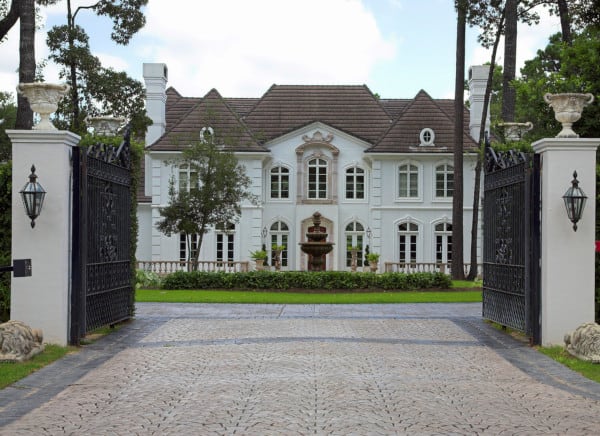
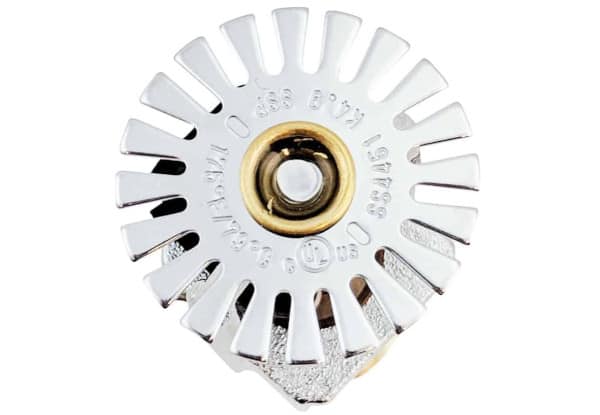
What colers does the V2740 pendent head can I get as it says do not paint them.
Thomas, we have the V2740 sprinkler heads in brass, chrome, and white. Brass, chrome, and white are the most common sprinkler head finishes. Hope this helps!
We are current homeowners of a new build in 1997-98. I believe we have a pavlik system installed in our home. I have only found that the sprinkler heads can be replaced due to a faulty product. I was told by a fire marshall to drain my fire sprinkler system due to the faulty o-rings used in the entire system. I have been looking for guidance and everyone I have contacted is not interested. I believe the o-rings were manufactured by Central Sprinkler Fire. So what do I do with the remaining sprinkler system through out my home. We were never contacted to know of this problem and need guidance on how to fix what’s been installed.
Neil, thank you for commenting. For your fire sprinkler system, a licensed fire sprinkler contractor will be able to help you assess if you need to remove the system or can replace components of the system. We have an article with tips and considerations for selecting a fire sprinkler contractor. We hope this helps!